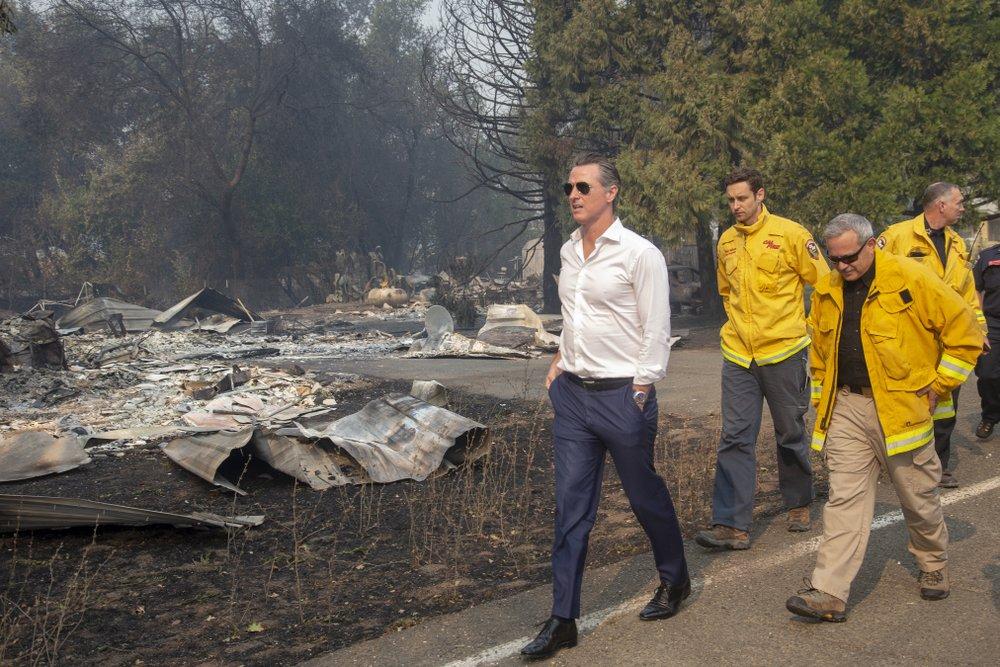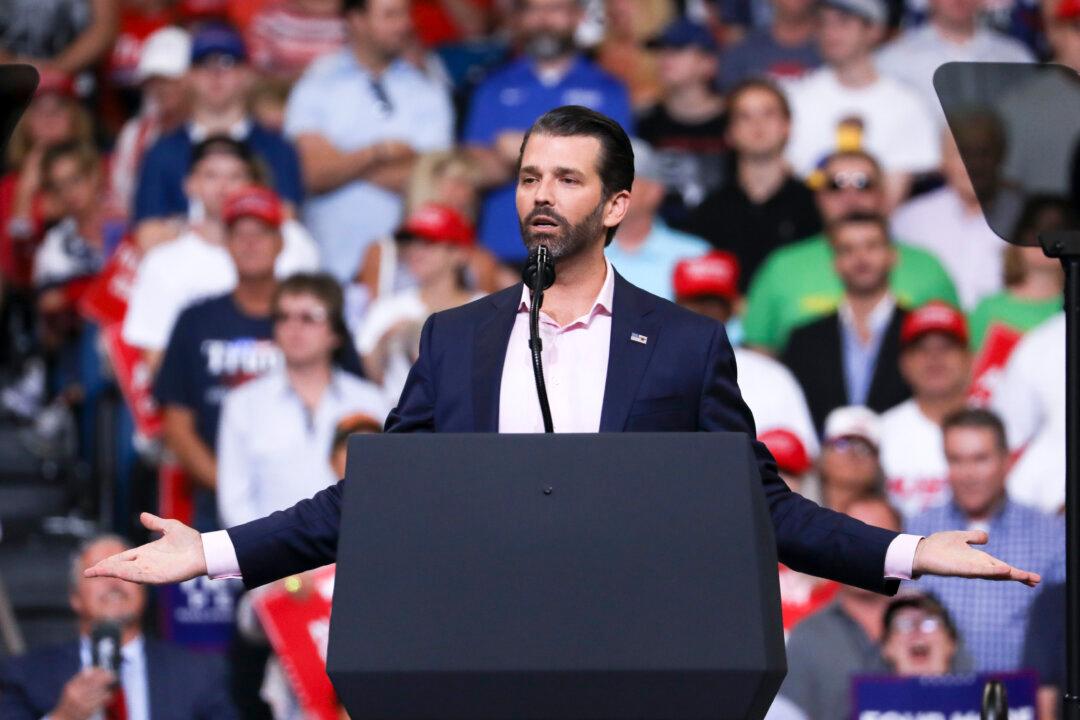The National Highway Traffic Safety Authority (NHTSA) stated Friday that it is examining allegations that Tesla Inc. electric cars may accelerate without warning. The road safety body says that, in all, some 500,000 Teslas may be affected and that the models listed in the petition include the Tesla Model S, Model 3, and Model X. Tesla has not yet responded to the reports.
The NHTSA statement said that “On Dec. 19, 2019, the Office of Defects Investigation (ODI) received a defect petition by email requesting a defect investigation of alleged sudden unintended acceleration in model year (MY) 2012 through 2019 Tesla Model S, MY 2016 through 2019 Tesla Model X, and MY 2018 through 2019 Tesla Model 3 vehicles.





